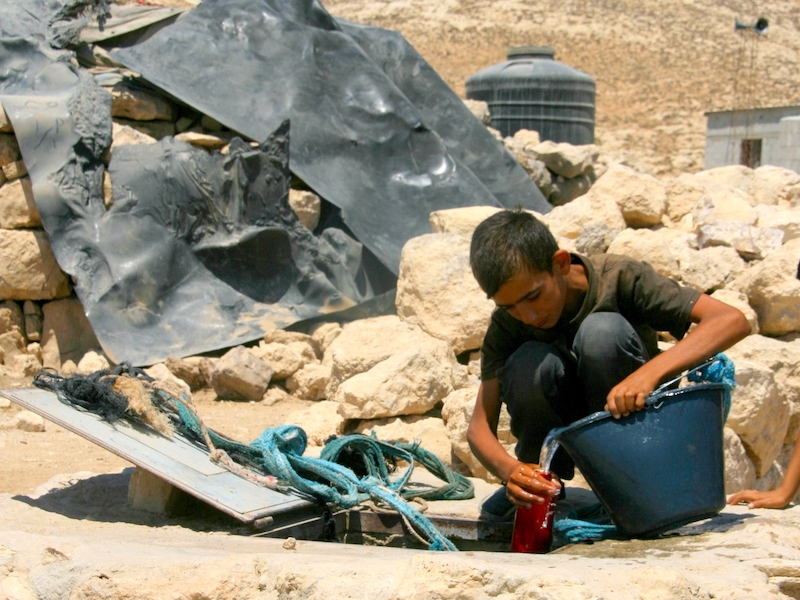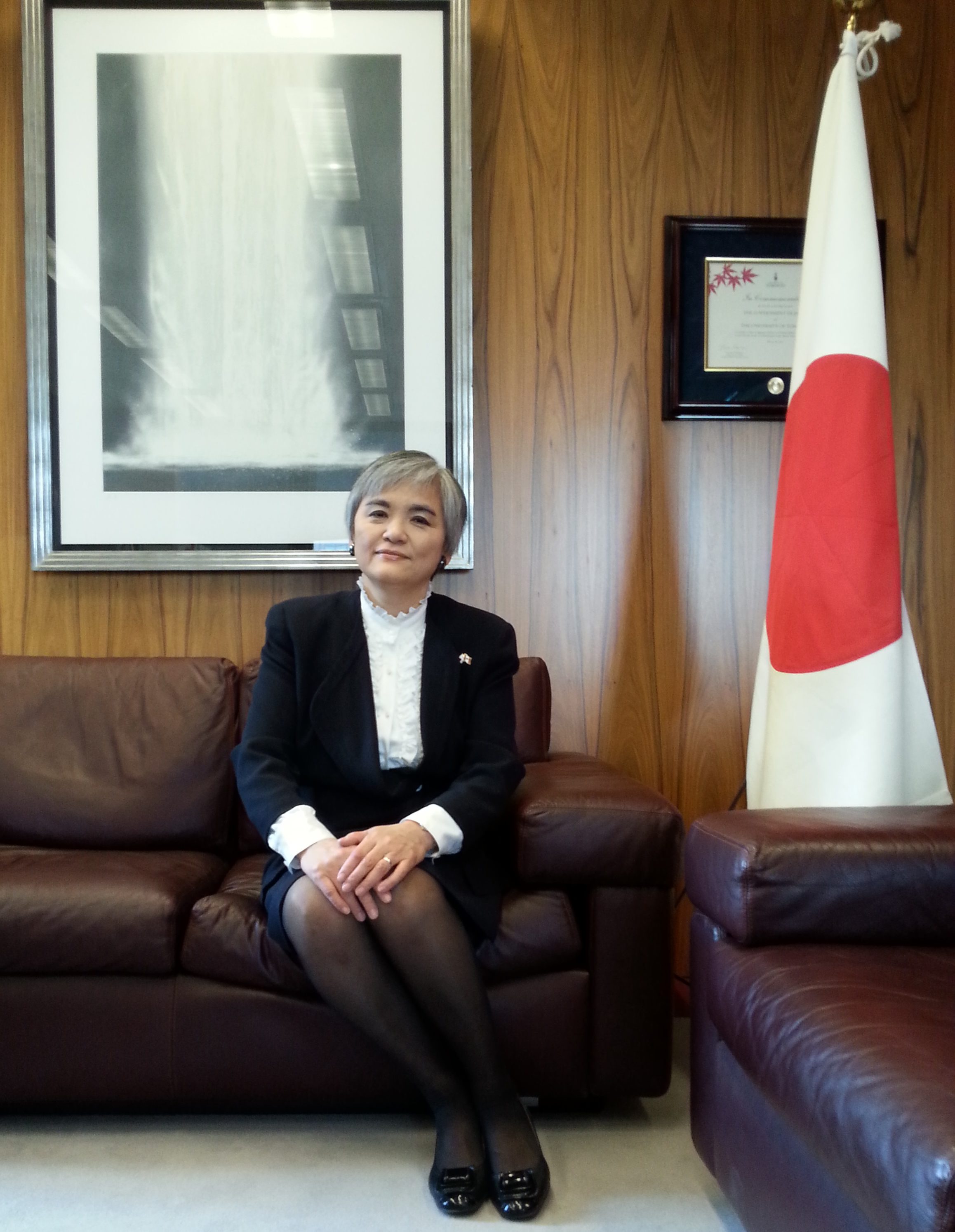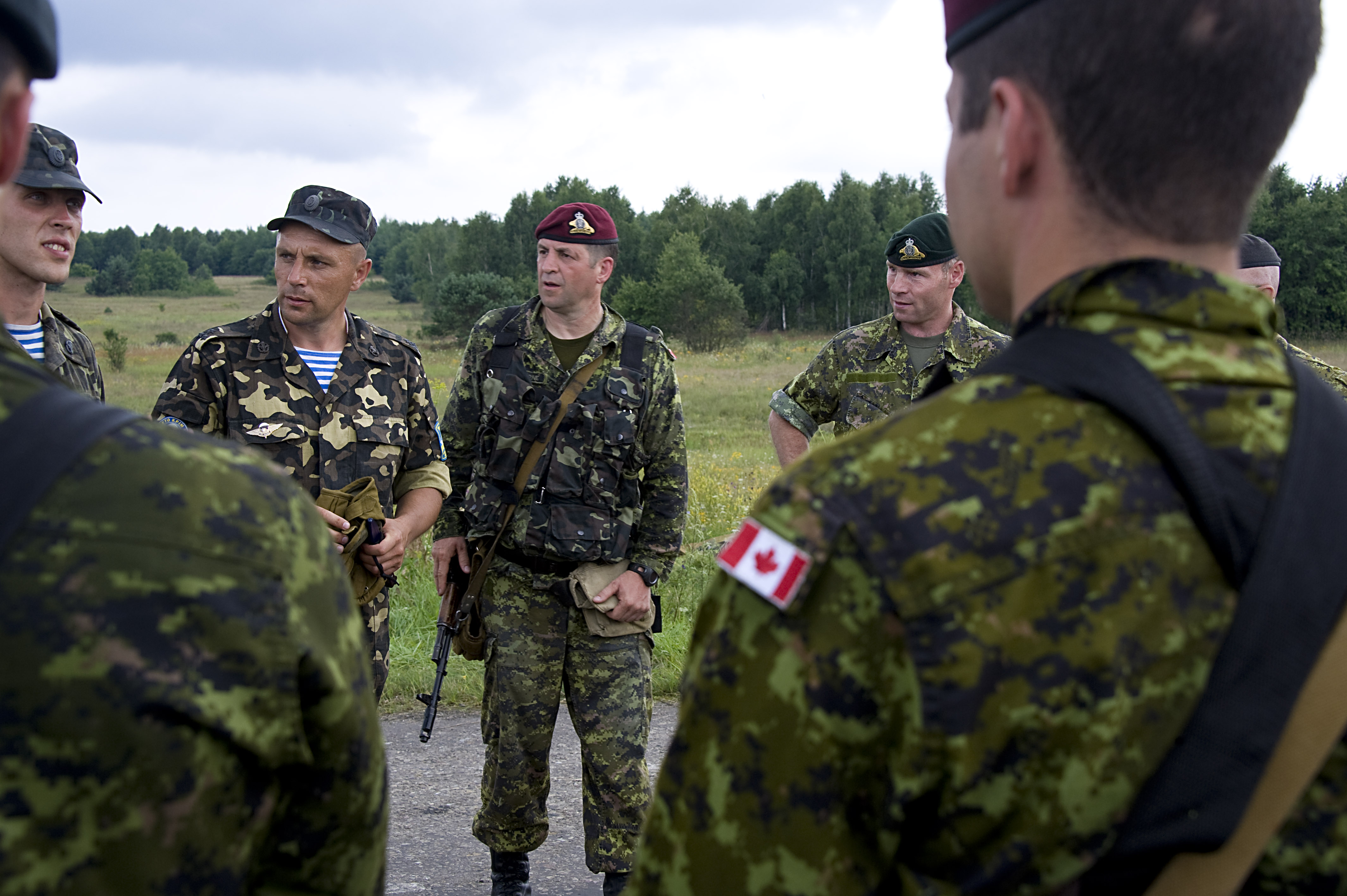During the American Civil War, in the 1860s, two thirds of soldiers’ deaths came, not from the conflict itself, but from infectious diseases, including typhoid and malaria. These infectious diseases were infamously referred to as the “Third Army.”
Even over a century later, with the knowledge that people now possess of infectious diseases, they still see the same instances of widespread illnesses arising directly from armed conflicts. For example, epidemics have become a recurring feature of the Syrian Civil War for over a decade, including outbreaks of tuberculosis, hepatitis, and measles. This fact alone sheds light on the sheer extent of the threat that wars and armed conflicts have on health security, and how this threat can spread to a global level, if not controlled.
How do wars actually breed these illnesses? Take Sudan’s civil war, for example, which the UN declared as the “world’s largest human displacement crisis.” This civil war arose due to armed clashes between the country’s regular armed forces and the Rapid Support Forces paramilitaries on April 15, 2023. Aside from seven million people being displaced and a death toll of over 12,000 people due to the war, the health crisis in Sudan resulting from the conflict is an alarming one. With an already underfunded health sector, the attacks, power outages, and shortages of medical supplies have cost the health services $700 million in damages. These attacks have specifically compromised numerous healthcare facilities, resulting in only one third of hospitals being operational since the beginning of the civil war in April. The consequences of this are ramified. Those who are injured and sick due to the conflict are being left untreated, which serves as a breeding ground for infections to thrive and spread.
The situation worsens when one considers the types of diseases that can arise from water insecurity in these scenarios, especially in arid regions. Water is the single most important resource for human life. While the human body can survive for weeks without food, it can only survive around 2 days without water. The water insecurity that arises from armed conflicts is therefore most alarming. Access to safe and clean water is severely compromised in warzones, which allows for outbreaks of waterborne illnesses, such as dysentery and typhoid, all of which are highly contagious.
The current situation in Gaza is the perfect example of this. In the wake of the ongoing war, about 96% of water in Gaza is unfit for human consumption. Moreover, all water sanitation and distribution facilities in the north of Wadi Gaza have been shut down since October 28, meaning no bottled water has been distributed since then.
Similar to Sudan, at most only 7 of 24 hospitals in northern Gaza remain open, and even these are only partly functional. This severely worsens the threat of waterborne illnesses, as those that are infected will have restricted access to get the help they need. This allows for the threat of these infections spreading to be extremely high. The extent of the health crisis in Gaza is so bad that the World Health Organization Emergency Response Director, Dr. Mike Ryan, describes it as a “recipe for epidemics.”
But when does an epidemic become a global concern? The difference between epidemics and pandemics is stark. An epidemic is just defined as a rise in the number of disease outbreaks within a confined geographical region. However, a pandemic is described as an “exponential” rise in cases that affects numerous countries and is a threat on a global scale.
While the threat of these waterborne epidemics reaching global effect may seem far-fetched, it is evident from the COVID-19 pandemic that without proper discretion, these diseases can proliferate before the world even realizes it. The lack of access to necessary healthcare, as well as the threat of increasing antibiotic resistance, furthers this risk.
These conflicts mean that civilians have restricted and inconsistent access to medications and antibiotics for their ailments and injuries – if any access at all. This erratic treatment and medication are exactly what creates resistant microbes. The Centres for Disease Control and Prevention highlights this phenomenon of antibiotic resistance increasing in Ukraine following the Russia-Ukraine war. The combination of already high antibiotic resistance rates prior to the Russian invasion, with the increased incidence of injuries and the drastic effects on healthcare systems, have caused an observed increase in “multidrug-resistant organisms,” which can potentially spread across the continent. The CDC has highlighted this antimicrobial resistance as a rising global health concern. Moreover, Ukraine’s frontlines are becoming infested with rats, which carry diseases, causing soldiers to become severely ill. This mirrors features of World War I, where frontlines became populated with rats and other disease vectors.
The repercussions of this cannot be ignored; with increasing antibiotic resistance along with sanitation infrastructure disruption, managing these disease outbreaks at a controlled level becomes increasingly difficult. In order to preserve global health security, it is imperative that governments do what they can protect the wider population. Foreign aid needs to be a collaborative effort, not only to help innocent civilians who are dying, but also to ensure balance in the public health realm.
As part of Canada’s response to COVID-19, Canada donated $155 million to the World Health Organization towards initiatives ensuring proper water access, sanitation, and hygiene for healthcare systems in developing countries. Countries should make it a priority in times of armed conflict to make similar commitments to the World Health Organization or to organizations dedicated to medical aid and water security, such as WaterAid Canada.
Canada has also donated $13.3 billion to Ukraine in aid – but this mostly consists of lethal aid. Due to its extensive medical resources, Canada should also provide non-lethal aid to suffering countries. Non-lethal aid consists of anything that is not a weapon, including medical supplies and communications equipment.
By dedicating these efforts towards water security and reliable access to medical supplies, the issues that waterborne illnesses and antibiotic resistance pose can be steadily mitigated.
Photo: Water supply in West Bank and Gaza February 2014, by Sharon Azran, B’Tselem, via Creative Commons. Licensed under CC BY 4.0.




